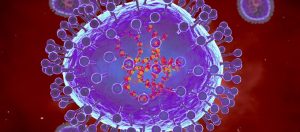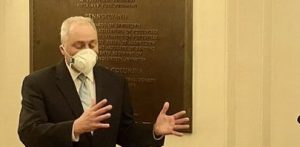The world has been caught off guard by the spread of COVID-19 disease. The virus has a strong potential for rapid transmission due to its high recombination rates. The sickness quickly became a pandemic when the first case was reported in Wuhan, China in 2020. Several nations throughout the world are relying on widespread quarantine measures to restrict its spread, especially with experts warning about another potential wave.
If you contract COVID-19, getting vaccinated and boosted is the most effective way to reduce your risk of developing symptoms. However, in addition to immunisation, there are precautions you can take to avoid becoming sick and to help prevent the virus from spreading to others. They include wearing a mask when necessary, avoiding crowds, and maintaining physical distance.
Also Read | Ponting to miss DC’s tie vs RR after family member tests COVID positive
Wear a mask
Wearing face masks as part of personal protective equipment and as a public health strategy to prevent the spread of the coronavirus disease is advised. Face masks have been used as one of the ways to minimise the spread of COVID-19 throughout the world; research investigations have shown that simply wearing cloth masks reduces the risk of catching the virus by a considerable percentage. According to the US Centers for Disease Control and Prevention, “cloth masks not only successfully block most large droplets (i.e., 20-30 microns and greater), but they can also stop the exhalation of fine droplets and particles (also known as aerosols) less than 10 microns.”
Also Read | Global tourism expected to bounce back from COVID-19 by 2023
Avoid large public gatherings
The COVID-19 virus transmits predominantly when one person breaths in droplets or aerosols produced by an infected person coughing, sneezing, talking, or breathing. Physical separation refers to steps done to prevent or halt the transmission of an infectious disease. Individually, it means keeping sufficient space (six feet or more) between oneself and another person to avoid becoming infected or infecting someone else. Work-from-home policies, as well as the cancellation of in-person meetings and major events, help to enforce physical separation at the community level.
Also Read | COVID-19: Key symptoms of XE variant in children
Self-Quarantine
One of the primary goals of widespread quarantine is to flatten major in the spread. If someone becomes sick in your home but does not leave, COVID-19 cannot spread beyond the home, preventing your friends, family, and neighbours from becoming infected as well. In addition to delaying the infection, this results in fewer individuals being admitted to hospitals, decreasing strain on the healthcare system and enhancing the chances of first responders fighting the illness.






